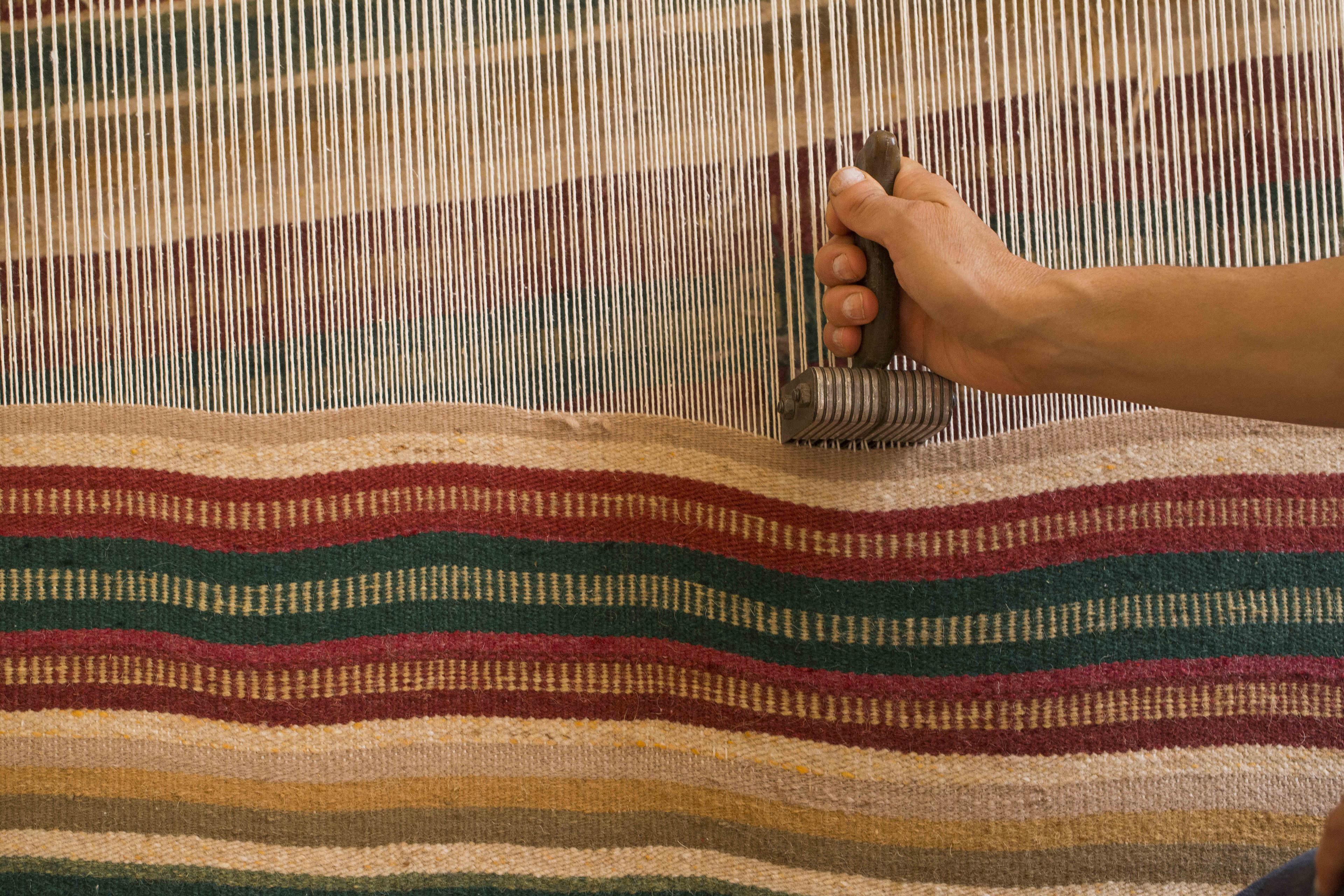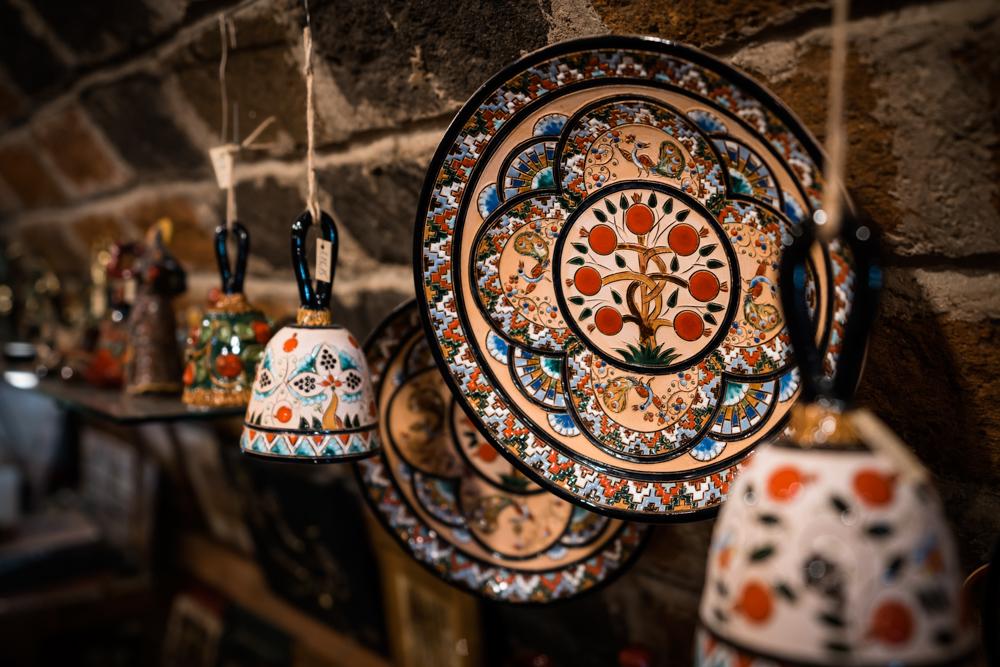Discover Ancient Rest Stops: Top Caravanserais in Armenia

Situated at the crossroads of Europe and Asia, Armenia was once a bustling hub for caravans carrying spices, textiles and other items for trade. The country’s strategic location allowed merchants to rest, resupply, and exchange commodities on their journeys. It was along this so-called “Silk Road” that cultures converged and commerce thrived. Armenians played a significant role as intermediaries, facilitating trade between the east and the west. They were known for their exquisite craftsmanship, particularly in producing ornate textiles, which were highly sought after along the Silk Road. This historical significance echoes in the remnants of ancient trade routes and caravanserais, or shelters found along these roads, that still dot Armenia's landscape.
What are Caravanserais?
Caravanserais, or ancient “rest stops,” were generally located along the busiest commercial routes. Usually, you would find them every 40 kilometres or so, the average distance a caravan could travel in one day. The structures had a vestibule, a three-nave hall, rooms where merchants could rest, as well as troughs for their animals to refuel. Some boasted a chapel, and others sold food and goods. All were located near natural springs to ensure a constant water supply for both man and beast. Here we present three of the most famous extant caravanserais. Visit them for a glimpse of a bygone era; their walls whisper tales of merchants, travellers, and the vibrant exchanges that animated mediaeval Armenia.
The Charm of Armenian Caravanserais
Orbelian’s Caravanserai: A Hub of Commerce
Among the historically significant and well-preserved caravanserais of Medieval Armenia, one stands out: Selim, also known as Orbelian's Caravanserai. It is located on the ancient road connecting Armenia’s Gegharkunik region to Iran through the mountains of Vayots Dzor and Syunik. Poised at the juncture of Martuni and Yeghegnadzor, atop the Selim pass, it offers a breathtaking panorama of Sulemadzor and the boundless mountains below. As a testament to the challenges of the winter conditions along this road, another smaller caravanserai is located not 10 kilometres away en route to the village of Lernantsk. Carved into the basalt stone are two inscriptions—one in Armenian and the other in Persian—proclaiming its creation in 1332, courtesy of Prince Chesar Orbelyan. The Persian inscription, which marks the entrance, attests to the language's vital role in international commerce along this historic route.
Jrapi Caravanserai: Where History and Nature Meet
Situated in Armenia’s Shirak region, close to the Akhuryan reservoir, Jrapi Caravanserai held a vital position along the main route connecting Georgia and the northern provinces of Armenia to the ancient capital of Ani. The three-arched structure made from black tuff stone dates back to the 10th-11th centuries. Inside, the floor is made of stone tiles, adding to its charm. This ancient gem lies along a north-south axis, preserving a piece of history that still captures the imagination. Upon entering, you'll discover a three-nave hall stretching an impressive 31 metres in length and 13.65 metres in width. As you explore the architecture, you'll notice eight sturdy pillars lining the hall, forming two rows. These pillars not only provide support but also create a division into three 'ships,' connected gracefully by arches.
While the structure’s roof has long since collapsed, visitors can freely explore the site and admire Jrapi Caravanserai’s architectural design, imagining the bustling activity that once filled its walls during the mediaeval period.
Aruch Caravanserai: A Glimpse into the Past
The Aruch community in the Aragatsotn region is a treasure trove for history enthusiasts. As you enter the village, you're greeted by a 13th-century caravanserai, situated along the route linking Armenia’s ancient capital of Ani with Dvin. The spacious entrance to the structure made it convenient for both humans and cargo to enter. The central hall was used to house pack animals and cargo, while the side aisles were reserved for merchants and their servants. Aruch once served as the residence of Prince Grigor Mamikonyan and still preserves significant historical remains from his era. The fortress and citadel of Aruch, dating from the 5th to 17th centuries, are listed as historical monuments. The Aruch Cathedral Monastery Complex, which includes St. Grigor Church, stands as a prominent landmark and warmly welcomes visitors to the village. Built under Grigor Mamikonyan's guidance in the 7th century, this sanctuary reflects the village's rich historical heritage. Additionally, visitors can explore the nearby Aruch Palace, which features a grand hall.
Visiting Armenia's caravanserais is like stepping into a time machine that transports you to the heart of ancient trade and culture. These historical gems are not merely blocks of stone and mortar; they echo with tales of bustling markets, diverse civilizations, and merchants haggling over goods. Don’t miss them!
Published on October 18, 2023



